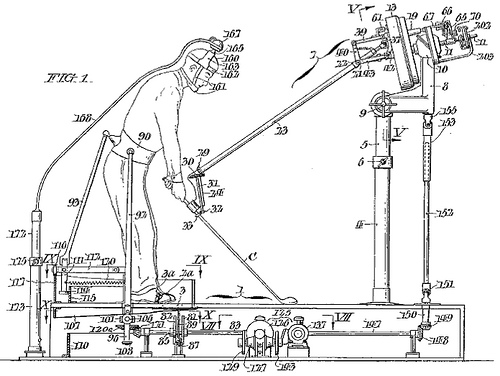
In 1949, George Jenks patented this apparatus “for ultimate attainment of an ideal golf swing.”
G.K. Chesterton wrote, “I regard golf as an expensive way of playing marbles.”

In 1949, George Jenks patented this apparatus “for ultimate attainment of an ideal golf swing.”
G.K. Chesterton wrote, “I regard golf as an expensive way of playing marbles.”
That brutal monarch, Louis XI of France, is said to have constructed, with the assistance of the Abbé de Baigne, an instrument designated a ‘pig organ,’ for the production of natural sounds. The master of the royal music, having made a very large and varied assortment of swine, embracing specimens of all breeds and ages, these were carefully voiced, and placed in order, according to their several tones and semitones, and so arranged that a key-board communicated with them, severally and individually, by means of rods ending in sharp spikes. In this way a player, by touching any note, could instantly sound a corresponding note in nature, and was enabled to produce at will either natural melody or harmony! The result is said to have been striking, but not very grateful to human ears.
— J. Crofts, “Colour-Music,” The Gentleman’s Magazine, September 1885
See also That’ll Do It and Attaboy.
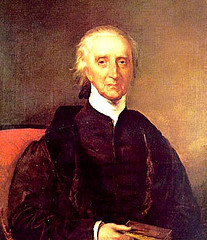
The last surviving signer of the Declaration of Independence, Charles Carroll, lived long enough to lay a cornerstone for the B&O Railroad.
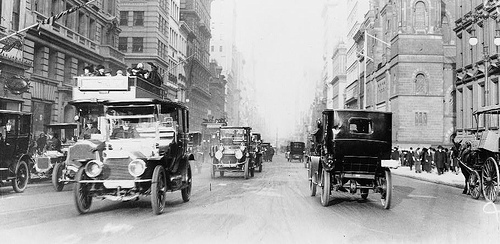
The lectures of 19th-century seer Andrew Jackson Davis weren’t well attended, but perhaps they should have been. His 1856 book Penetralia predicted both the automobile and the typewriter:
Look out about these days for carriages and travelling-saloons on country-roads–sans horses, sans steam, sans any visible motive-power–moving with greater speed and far more safety than at present. Carriages will be moved by a strange, and beautiful, and simple admixture of aqueous and atmospheric gases–so easily condensed, so simply ignited, and so imparted by a machine somewhat resembling our engines, as to be entirely concealed and manageable between the forward wheels. …
I am almost moved to invent an automatic psychographer; that is, an artificial soul-writer. It may be constructed something like a piano; one brace or scale of keys to represent the elementary sounds; another and lower tier, to represent a combination; and still another, for a rapid recombination; so that a person, instead of playing a piece of music, may touch off a sermon or a poem!
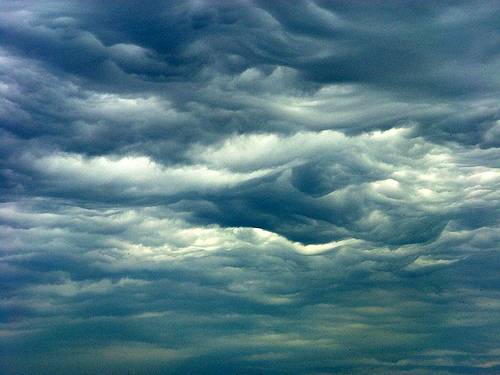
When self-styled “moisture accelerator” Charles Hatfield arrived in San Diego in 1915, he’d already created storms for ranchers in Los Angeles. Or, rather, storms had appeared after he’d released his secret chemical mixture into its evaporating tanks; critics claimed the storms were already coming. But San Diego needed to fill its Morena Dam reservoir, so they agreed on a fee and Hatfield released his chemicals.
On Jan. 16, 1916, heavy rain started and didn’t stop. Dry riverbeds filled, then overran their banks, flooding farms and homes, destroying bridges, cutting telephone cables, and marooning trains. Two dams overflowed and one broke, killing 20.
Hatfield said he’d filled the reservoir as agreed and disclaimed responsibility for the $3.5 million in damage. After a long legal battle, the rain was ruled an act of God and then the courts threw out the case.
Hatfield never did reveal his chemical recipe. He died in 1958.
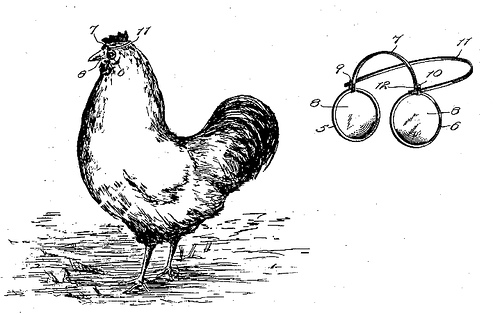
If you were planning to get rich by inventing chicken spectacles, you’re 100 years too late.
Andrew Jackson patented this pair in 1903 so that chickens could “be protected from other fowls that might attempt to peck them.”
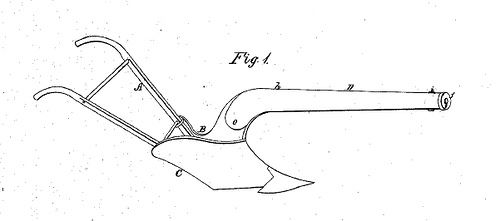
A combination plow and cannon, patented in 1862 by C.M. French and W.H. Fancher:
As a piece of light ordnance its capacity may vary from a projectile of one to three pounds weight without rendering it cumbersome as a plow. Its utility as an implement of the twofold capacity described is unquestionable, especially when used in border localities, subject to savage feuds and guerrilla warfare.
“As a means of defense in repelling surprises and skirmishing attacks on those engaged in a peaceful avocation it is unrivaled.”
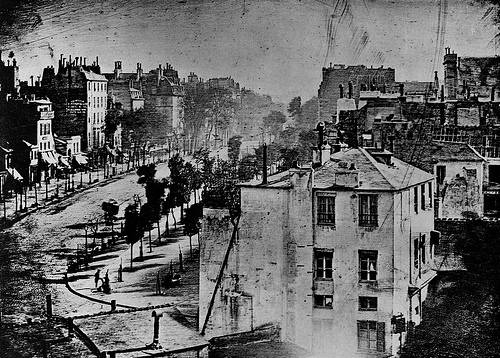
In 1838, a man made history by having his boots polished.
The man, in the lower left, was the only thing standing still when Louis Daguerre took this photograph of a busy Parisian street. Because the film was exposed for 10 minutes, the rest of the traffic blurred into nothing — and the anonymous man became the first person ever to appear in a photograph.
Amongst the curiosities of his day, Walchius mentions an iron spider of great ingenuity. In size it did not exceed the ordinary inhabitants of our houses, and could creep or climb with any of them, wanting none of their powers, except, of which nothing is said, the formation of the web. Various writers of credit, particularly Kircher, Porta, and Bishop Wilkins, relate that the celebrated Regiomontanus, (John Muller,) of Nuremberg, ventured a loftier flight of art. He is said to have constructed a self-moving wooden eagle, which descended toward the Emperor Maximilian as he approached the gates of Nuremberg, saluted him, and hovered over his person as he entered the town. This philosopher, according to the same authorities, also produced an iron fly, which would start from his hand at table, and after flying round to each of the guests, returned as if wearied, to the protection of his master.
— Cabinet of Curiosities, Natural, Artificial, and Historical, 1822
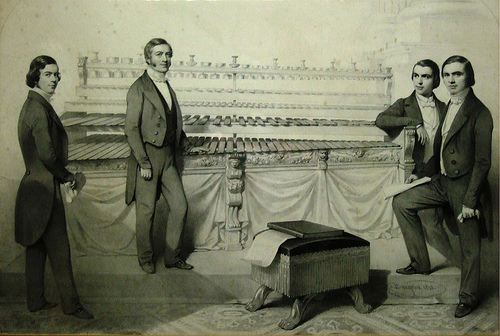
In 1827, Keswick stonemason Joseph Richardson noticed that certain rocks in Britain’s Lake District gave a pure, ringing tone. After 13 years of effort he produced a lithophone, an arrangement of tiered rocks that one struck with mallets, and he took it on a three-year concert tour through Northern England.
It’s not clear what it sounded like: Richardson and his three sons played Mozart, Beethoven, and Handel, reportedly achieving different effects by striking the stones in different ways. An 1846 newspaper account says the tone varied from the warble of a lark to the bass of a funeral bell. Richardson called it “the resource of a shipwrecked Mozart.”
By 1848 they were performing for the queen and traveling to France, Germany, and Italy. On the eve of a trip to America, though, the youngest son died of pneumonia, and the band retired. Richardson’s great-grandson donated the instrument to a museum in 1917.